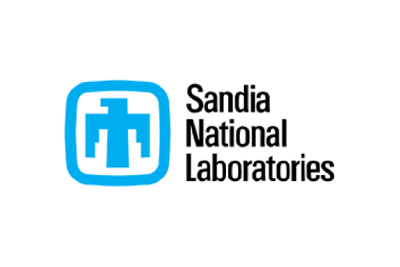The Department of Homeland Security has tasked Sandia National Laboratories (SNL) and the Pacific Northwest National Laboratory (PNNL) with creating a blueprint for upgrading more than 1,400 radiation detection monitors at U.S. ports of entry, including air, land, and sea.
Will Johnson, a Sandia physicist, said the blueprint, or interface specification, will outline a monitoring system based on modular, open-systems architecture that allows upgrades or replacement to portal monitoring module as new technologies emerge, or as new threats arise, without replacing the entire system.
The modular design will include built-in diagnostics for state-of-health monitoring and predictive maintenance and is expected to simplify upkeep and upgrading of the monitors over time, lowering the government’s lifetime operating costs.
“This means scanning cargo and conveyances to detect radiological and nuclear threats with a greater level of accuracy, resulting in increased protection, decreased costs, and reduced delays at ports of entry,” Johnson said.
Sandia, based New Mexico, with a campus in Livermore, and Pacific Northwest constructed a proof-of-concept demonstration portal at PNNL’s research facilities in Richland, Washington. Once the blueprint is validated, Homeland Security will award private industry contracts to develop individual modules or devices to integrate with existing infrastructure.




